When Did We Start Wearing Jewellery?
Jewellery has been an important part of our culture for thousands of years. Its history and significance are just as varied and fascinating as the pieces themselves. From simple bracelets made of copper to spectacular engagement rings sparkling with diamonds, jewellery has evolved hugely over the years into what it is today.
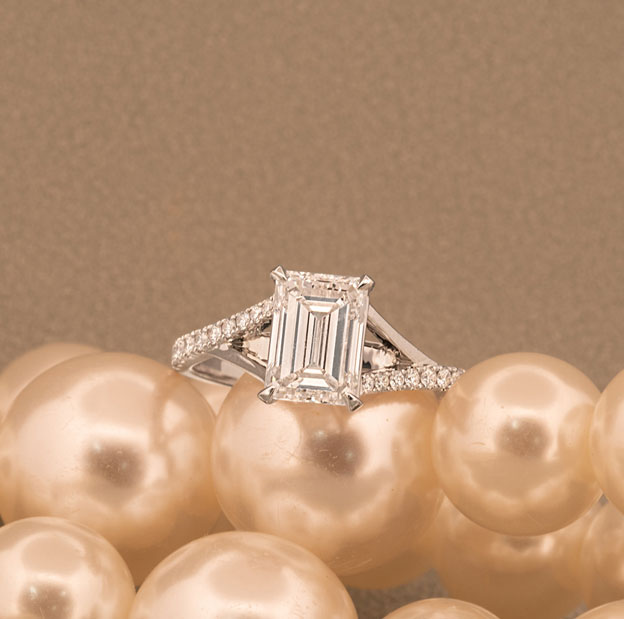
How it all started
The origins of jewellery go all the way back to around 3,000 to 400 BC, when ancient civilisations in the Mediterranean and Iran began making pieces of jewellery from stones, bones, and shells. These early creations were worn as amulets or seals. They were designed to protect the people wearing them from unknown dangers and to represent spiritual beliefs.
Back then, jewellery featured symbols like stars and flowers, acting as a connection to the natural world.
As time went on, humans’ metalworking skills improved and jewellery became more sophisticated. Materials like gold, silver, and copper were transformed into stunning shapes, and gemstones like diamonds began to be polished and set into intricate pieces.
Although today’s designs are vastly different from those of hundreds of years ago, the idea that jewellery is something more than just decoration has always been there.
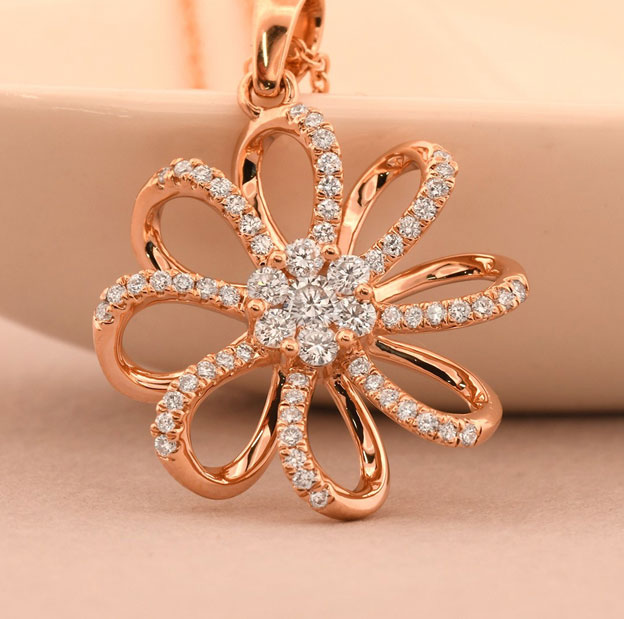
Jewellery as a symbol
Throughout history, jewellery has been used to portray many different meanings. In a lot of cultures, specific gemstones were believed to have special powers. This is still true to this day.
You’ve probably heard about the curse associated with the famous Kohinoor diamond or the rumoured healing properties of emeralds. Jewellery has always been shared along with fascinating stories, often reflecting the values and beliefs of the time.
Jewellery has also been a big indicator of social status since the beginning of time. In medieval Europe, high-ranking church officials and royalty adorned themselves with gold and precious gems to show their wealth and influence. At the other end of the scale, slaves were forced to wear bracelets so their owners could identify them.
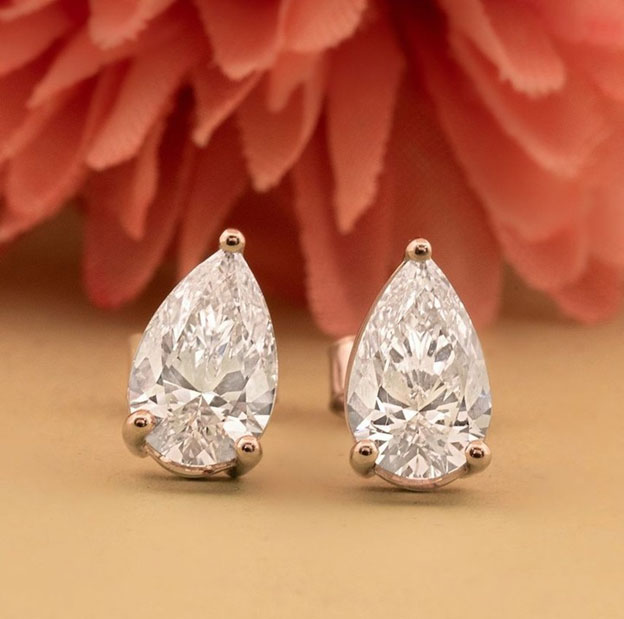
Evolution through the ages
As society progressed, jewellery design did, too. During the Renaissance, jewellery became more ornate, with enamel and gemstones being used to make lavish pendants and earrings.
The Baroque period saw jewellery inspired by nature, with pieces shaped like leaves and flowers. By the Victorian era, jewellery was all about personal sentiment. It was at this time in history when mourning jewellery, made from onyx or even human hair, became a common way to honour lost loved ones.
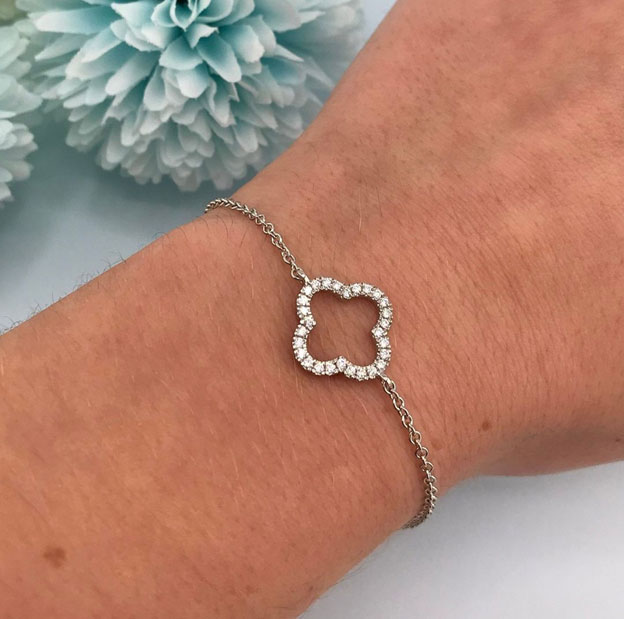
Today jewellery pushes boundaries with dramatic styles, unique materials, and important significance. But if you look closely, you might find that a lot of pieces we think of as new and innovative are heavily influenced by jewellery from hundreds or even thousands of years ago.
From ancient amulets to modern-day diamond pendants, jewellery has been intertwined with human history since the beginning of time. Whether it’s about expressing personal style or symbolising something deeper, one thing is clear — our love for jewellery isn’t going anywhere anytime soon!
You May Also Like
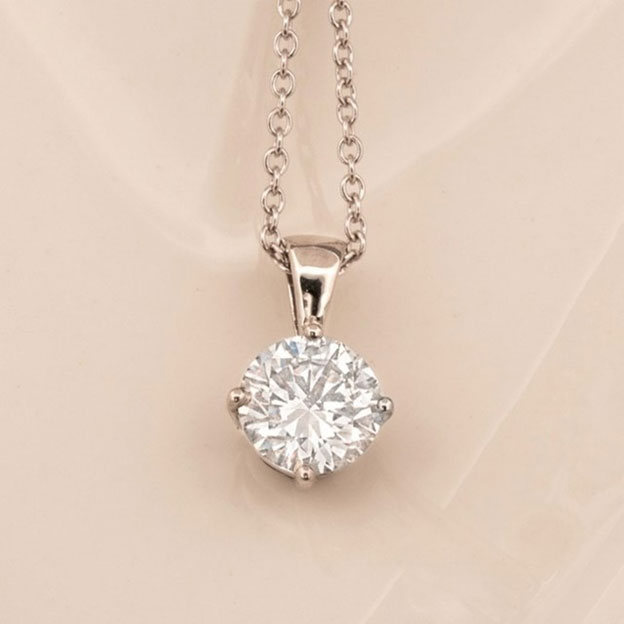
5 Mistakes to Avoid When Buying Diamond Jewellery
When shopping for diamond jewellery, it’s easy to get caught up in the dazzle of sparkle and shine. But if yo ...

How to Plan a Beach Wedding
A beach is one of the most romantic wedding settings there is. The sound of the waves, the feel of the sand, and th ...
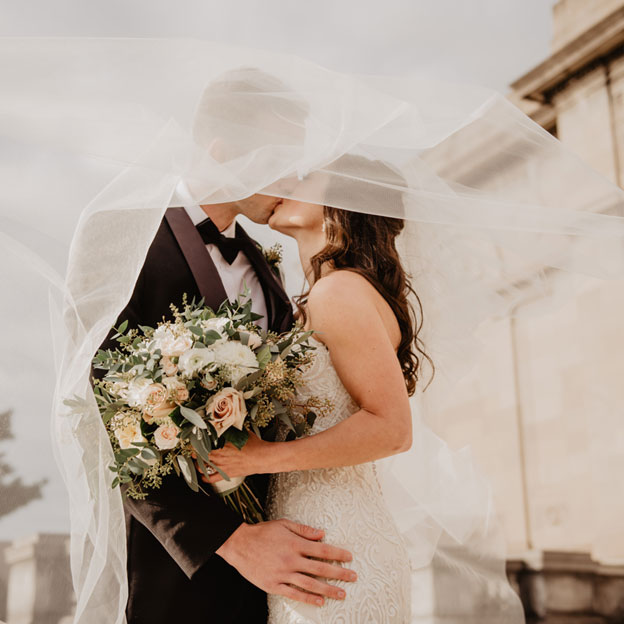
How to Make a Courthouse Wedding Special
A courthouse wedding is often seen as a no-fuss alternative to a traditional ceremony. But it doesn’t have to ...






